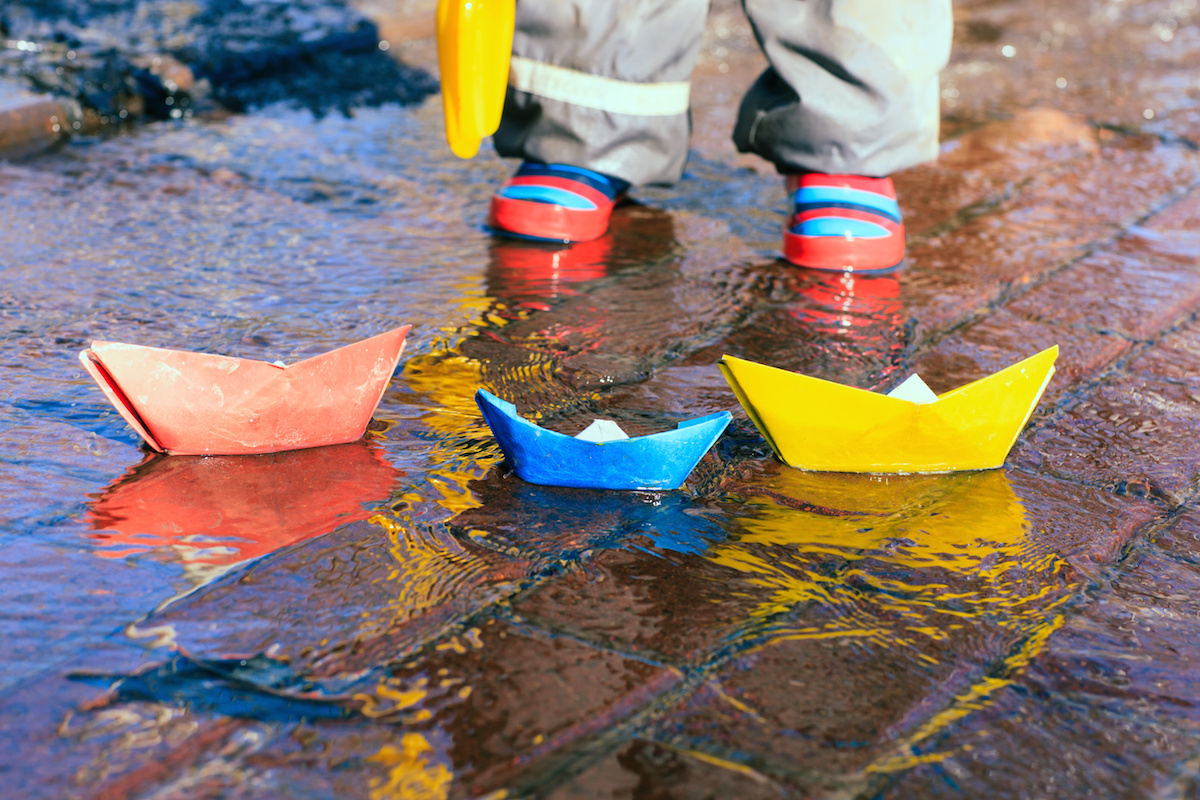 In a time where projects, curriculum webs and planning for children’s interests consumes much of our planning time and conversations I often have educators ask “but how do we do this for the under 2’s?”
In a time where projects, curriculum webs and planning for children’s interests consumes much of our planning time and conversations I often have educators ask “but how do we do this for the under 2’s?”
We often say.. “planning for the under 2’s is the same as older ages… we still follow their interests and needs”… but for the most part this can be more challenging than it appears as infants are unable to articulate and communicate their interests in a way WE find easy to understand. So what does this mean for us as educators?
Planning and offering experiences for infants CAN be easy…. we just need to change we way WE see communication and play for this age group.
So take for example an infant who has learnt to walk and takes great delight as they hold a chair and pushes this around the room… or uses a block to bang the shelf and explore sounds… or explores pitch and sound as they create a chorus of squeals at the lunch table! All of these behaviours and interactions are play for infants. Actually these behaviours are really important as they demonstrate a feeling of safety to explore their space, they engage in cause and effect as they create music, they explore reciprocal communication and play with others as they imitate and turn-take using vocal sounds. So when we observe these behaviours do we see challenges or do we see play and development and of course interests?
When we reflect on such wonderful behaviours we then start to consider… what is happening for this infant? What stage of development is critical at this time? What do they need to sustain this play?
So we may think about the infant pushing a chair around the room and consider – this is an opportunity to experience control and success over new found gross motor skills. It is about exploring one’s environment and the freedom that comes with that. It is about “seeing” their space in a new perspective as they now explore upright as well as the joy in having power and control over moving an object. So how can we extend and plan for this?
Why not provide this same experience but replace the chair with a pram and doll. Support this child’s need but also introduce new props to support engagement and emerging social play skills as well as the need for repetitive play such as wrapping and unwrapping a doll, placing them in and out of the pram, feeding and so on.
As we continue to observe this play and engage with and support this infant we are then able to reflect on these offerings and make meaningful decisions about how we further support this play and plan accordingly.
It is important that we “see” these behaviours and interactions as valuable and a significant part of infant development. Programs for the under 2’s need to be relevant to their needs at that point in time and must provide relevant experiences and resources that allow repetition, exploration and yes – a lot of noise!
For inspiration on infant environments and experiences please take a look at: https://au.pinterest.com/kirstyfantini/infant-play/
If you would like to explore this concept of supporting infants needs including attachment and planning experiences please book into my upcoming webinar “Supporting the Needs of Infants” http://earlyyearstraining.com.au/workshops/staff/
Leave a Reply